Buying Kitchen Knives & How to Take Care of Them
When just starting out in the kitchen, choosing and using the correct cutlery can make a huge difference in your cooking experience. Kitchen knives are more than just tools—they are essential extensions of your hand, helping you cut, chop, slice, and dice with precision.
For beginners, it’s easy to feel overwhelmed by the variety of knives available, but you don’t need an entire set to get started. Three essential knives can cover most tasks: a chef’s knife for chopping and slicing, a paring knife for more delicate work, and a serrated knife for cutting bread or soft vegetables like tomatoes.
The key to success with any knife is keeping it sharp, as dull knives can be more dangerous and frustrating to use. Holding and handling a knife properly will help you stay safe and work efficiently.
Practice makes perfect, so don’t be afraid to spend time honing your skills on simple tasks like chopping vegetables or slicing fruits. As you grow more confident, you’ll find that your knives will become invaluable tools in creating delicious meals.
Importance of Owning and Working with Kitchen Knives
Having good knives in your kitchen is essential for several reasons. First and foremost, they make food preparation more efficient and enjoyable. A high-quality knife allows you to cut, slice, and chop quickly, reducing the time and effort needed for everyday tasks. Whether dicing onions or slicing through meat, a sharp, well-balanced knife lets you work precisely, helping you achieve consistent results.
Safety is another key reason. While it may seem counterintuitive, dull knives are more dangerous than sharp ones. A dull blade requires more force, increasing the likelihood of slipping and causing an injury. Sharp knives allow for controlled, clean cuts with less pressure, minimizing the risk of accidents.
Good knives also preserve the quality of your ingredients. A sharp blade can cleanly slice through delicate herbs and vegetables without bruising or crushing them, helping maintain their freshness and texture. When working with proteins like meat or fish, a sharp knife ensures clean cuts, preserving the dish’s integrity.
Ultimately, investing in quality knives is a long-term benefit. They last longer, require less maintenance, and enhance your cooking experience.
Three Most Important Knives to Own
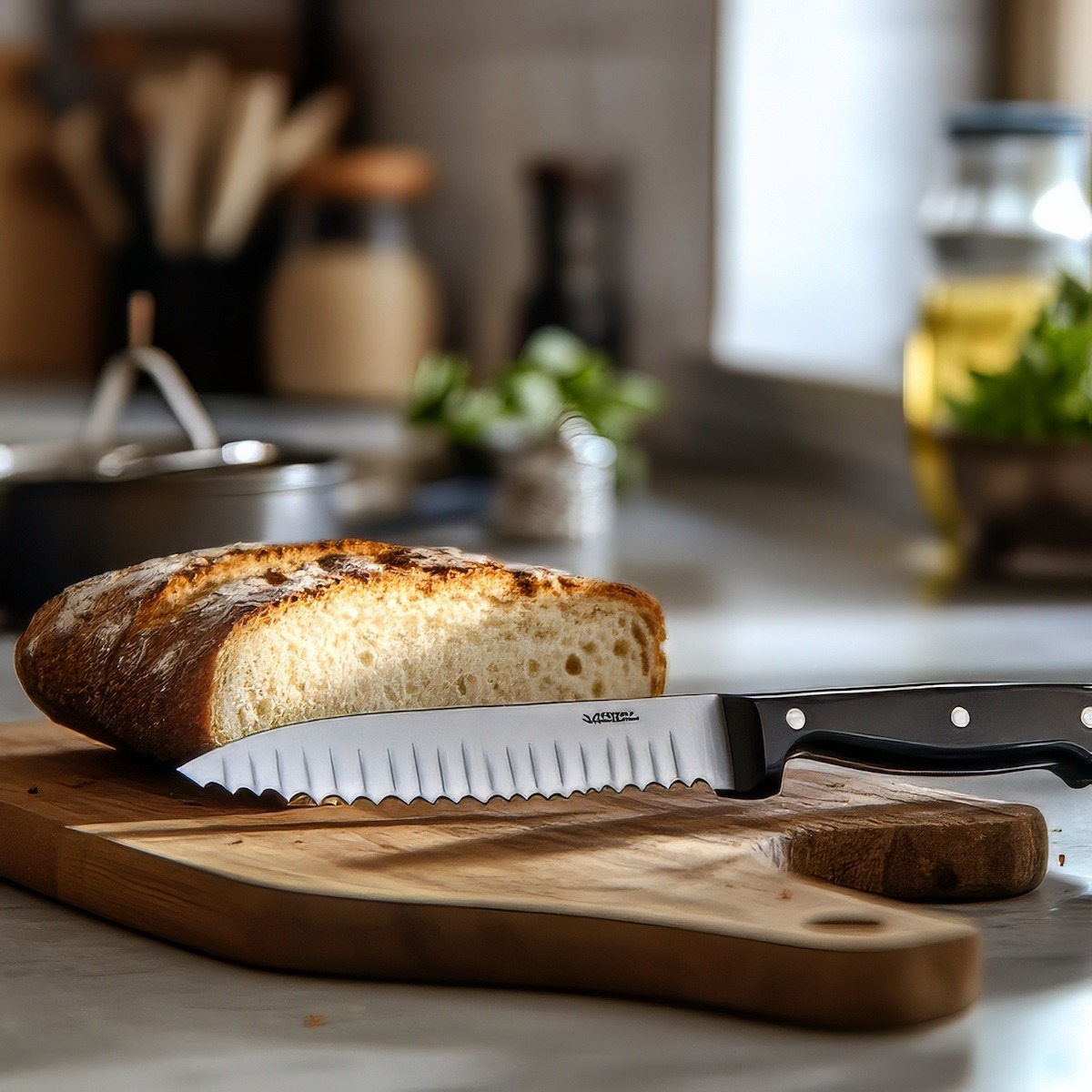
The three most essential knives every kitchen should have are the chef’s knife, the paring knife, and the serrated knife. These versatile tools cover the majority of tasks in everyday cooking, making them essential for any home cook.
- Chef’s Knife: Often considered the kitchen’s workhorse, a chef’s knife typically has an 8 to 10-inch blade and is used for a wide range of tasks like chopping vegetables, slicing meat, and mincing herbs. Its slightly curved blade allows for a rocking motion, which helps you cut through ingredients with ease. A good chef’s knife should feel well-balanced in your hand and remain sharp, as it’s likely the most used knife in your kitchen.
- Paring Knife: This smaller knife, usually with a 3 to 4-inch blade, is ideal for more delicate tasks that require precision. It’s great for peeling fruits and vegetables, trimming fat from meat, or doing intricate tasks like deveining shrimp or hulling strawberries. Its size allows for better control in detailed work, making it a valuable tool alongside the chef’s knife.
- Serrated Knife: The serrated knife, commonly known as a bread knife, is perfect for slicing through foods with tough exteriors and soft interiors. It is ideal for cutting bread, tomatoes, or other delicate produce without crushing them. Its toothy edge grips the surface, ensuring clean cuts.
Together, these knives form a powerful, functional trio that can easily handle most kitchen tasks.
What Other Knives Are Good To Have?
In addition to the essential trio of knives—chef’s knife, paring knife, and serrated knife—several other specialized knives can enhance your kitchen’s versatility, depending on your cooking needs and preferences.
- Boning Knife: If you frequently work with meat or fish, a boning knife is a valuable tool. Its narrow, flexible blade allows for precise cutting around bones and joints, making it ideal for tasks like filleting fish or deboning poultry. This knife helps you save time and waste less meat.
- Utility Knife: A utility knife is a versatile middle-ground option between a chef’s knife and a paring knife. With a blade length of 4 to 7 inches, it’s perfect for tasks that are too small for a chef’s knife but too large for a paring knife. It can be used for slicing meats, chopping vegetables, or cutting sandwiches.
- Santoku Knife: A Japanese-style knife, the santoku is similar to the chef’s knife but has a straighter edge and a shorter, wider blade. It’s great for chopping, slicing, and dicing, especially for vegetables and fish. Its design encourages a more straight-down cutting motion rather than a rocking motion.
- Carving Knife: This long, thin blade is ideal for slicing cooked meats like roast, turkey, or ham. Its sharpness and length ensure clean, even slices without shredding the meat, making it essential for special occasions or family dinners.
- Cleaver: A cleaver is incredibly useful if you often work with larger cuts of meat or bone-in items. Its heavy, thick blade easily chops through bones or tough vegetables like squash.
Each of these knives adds a layer of efficiency and precision to specific tasks in the kitchen. While they aren’t necessary for beginners, they can become valuable additions as you expand your culinary skills.
What To Look For In a Good Knife
Several key factors will help you choose high-quality tools for cooking when shopping for knives. Here’s what to look for:
- Blade Material: Knives come in various materials, each with different benefits. Stainless steel is durable, resistant to rust, and easy to maintain, making it a popular choice. High-carbon steel is sharper and holds its edge longer but requires more care to prevent rusting. Ceramic blades are incredibly sharp and lightweight but can be brittle and prone to chipping.
- Knife Construction: Forged knives are crafted from a single piece of steel, making them solid and well-balanced. They often have a bolster (the thick part of the blade between the handle and the blade) for added strength and safety. Stamped knives are cut from a large sheet of steel and tend to be lighter and less expensive but may not hold their edge.
- Comfort and Balance: A good knife should feel comfortable and balanced in your hand. Try holding the knife before purchasing—if it feels too heavy or light, it may not be ideal for long-term use. The balance between the blade and handle ensures ease of movement, especially for repetitive tasks.
- Sharpness and Edge Retention: A sharp knife is key to safety and precision. When buying, check for a sharp edge and research how well the knife retains its sharpness over time. High-carbon and stainless steel knives generally hold their edges longer but require regular sharpening.
- Handle Design and Material: The handle should provide a firm, comfortable grip. Materials range from wood to plastic to metal, each with pros and cons. Wooden handles have a traditional look but require more maintenance. Synthetic handles are durable, non-slip, and easy to clean, while metal handles are sleek but may become slippery when wet.
- Knife Length: 8 to 10 inches is a chef’s knife’s most common and versatile length. Paring knives usually have a 3 to 4-inch blade, while a serrated knife is typically 8 to 10 inches long. Make sure to choose lengths that match your hand size and comfort level.
- Maintenance Requirements: Some knives require more upkeep than others. High-carbon steel, for example, must be kept dry to avoid rusting, whereas stainless steel is more corrosion-resistant. Consider how much time you will spend on sharpening and maintaining your knives.
- Budget: Good knives can be a significant investment, but they’re worth it for their longevity and performance. While high-end knives may be tempting, excellent mid-range options offer durability and sharpness without breaking the bank.
Focusing on these factors can help you find knives that are durable, efficient, and well-suited to your cooking style and preferences.
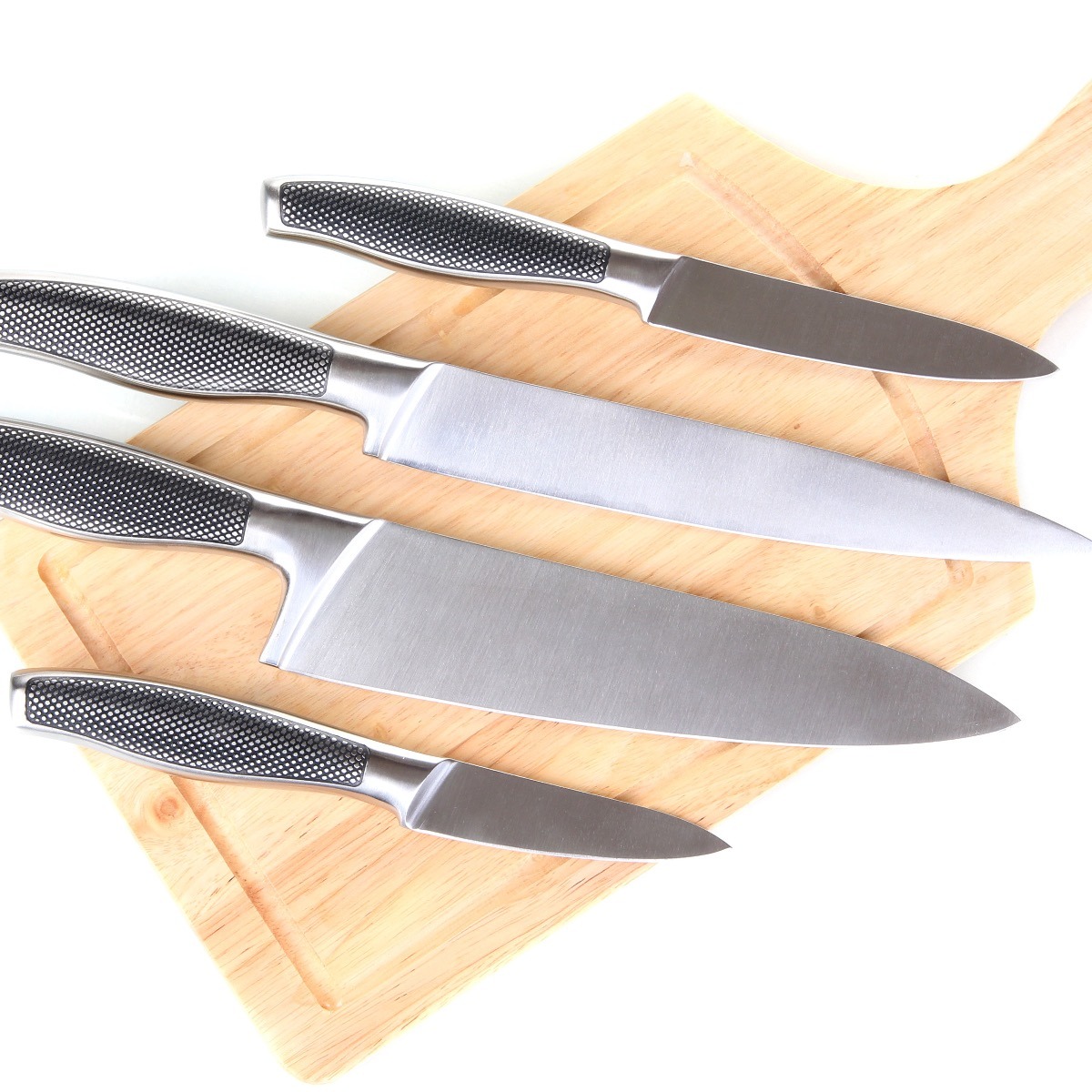
Do You Need the Most Expensive?
You don’t necessarily need to buy expensive knives to have a functional and efficient kitchen setup. While high-end knives are often made from premium materials and crafted with expert precision, many mid-range options offer excellent quality and performance without a hefty price tag. Here are a few factors to consider when deciding whether to invest in expensive knives:
- Quality vs. Cost: Expensive knives are typically forged from high-grade materials like high-carbon steel and undergo rigorous manufacturing processes. This results in excellent sharpness, balance, and durability. However, many affordable knives, especially those from reputable brands, can offer similar performance for home cooks without the premium cost.
- Skill Level: An expensive knife set may be optional for beginners and casual cooks. Many well-made, affordable knives will meet your needs as you develop your cooking skills. As you become more experienced, you might notice the benefits of higher-end knives in sharpness, comfort, and edge retention.
- Maintenance: Expensive knives often require more maintenance, such as regular sharpening and careful handling, to preserve their quality. If you’re not ready to commit to the upkeep of a high-end knife, a more affordable option that’s easier to maintain might be a better fit.
- Longevity: High-end knives can last decades if properly cared for, making them a long-term investment. If you’re passionate about cooking and plan to use your knives frequently, the durability of an expensive knife may pay off in the long run. However, for occasional use, a mid-range knife set can offer good longevity without the initial cost.
Ultimately, whether you need expensive knives depends on your budget, cooking frequency, and level of commitment. A balanced approach might be to invest in one high-quality chef’s knife while opting for more affordable versions of other knives in your collection.
What About Maintenance?
Keeping your knives sharp is extremely important for both safety and efficiency in the kitchen. A sharp knife cuts through food cleanly, requiring less force and allowing for more precise cuts. Here are a few reasons why maintaining sharp knives is essential:
- Safety: A dull knife is more dangerous than a sharp one because it requires more force to cut, increasing the likelihood of slipping and causing an injury. Sharp knives glide through food effortlessly, giving you more control over each cut and reducing the risk of accidents.
- Efficiency: Sharp knives make food prep quicker and easier. Whether slicing vegetables, dicing herbs, or cutting meat, a sharp blade speeds up the process, saving you time and effort. It also reduces fatigue in your hands and wrists, especially during extended prep sessions.
- Precision: A sharp knife ensures clean, even cuts, essential for presentation and cooking. Consistently sized ingredients cook more evenly, improving the quality of your dishes.
How Often Should You Sharpen Your Knives?
The frequency of sharpening depends on how often you use your knives and your type of knife. Here’s a general guide:
- Regular Use: Knives used daily should be sharpened every 2 to 3 months to maintain their sharpness.
- Occasional Use: If you cook only a few times a week, sharpening every six months is usually sufficient.
- Honing: Between sharpening sessions, it’s essential to hone your knives regularly (ideally after every few uses). A honing rod doesn’t sharpen the blade but realigns its edge, maintaining sharpness longer.
Sharpening vs. Honing
- Sharpening: This removes material from the blade to create a new, sharper edge. It’s best done with a sharpening stone, an electric sharpener, or by a professional.
- Honing: This process realigns the blade without removing much material. A honing rod is commonly used, and regular honing helps maintain sharpness between sharpening sessions.
Keeping your knives sharp and honing them regularly will extend their lifespan and ensure your kitchen tasks are safer and more efficient.

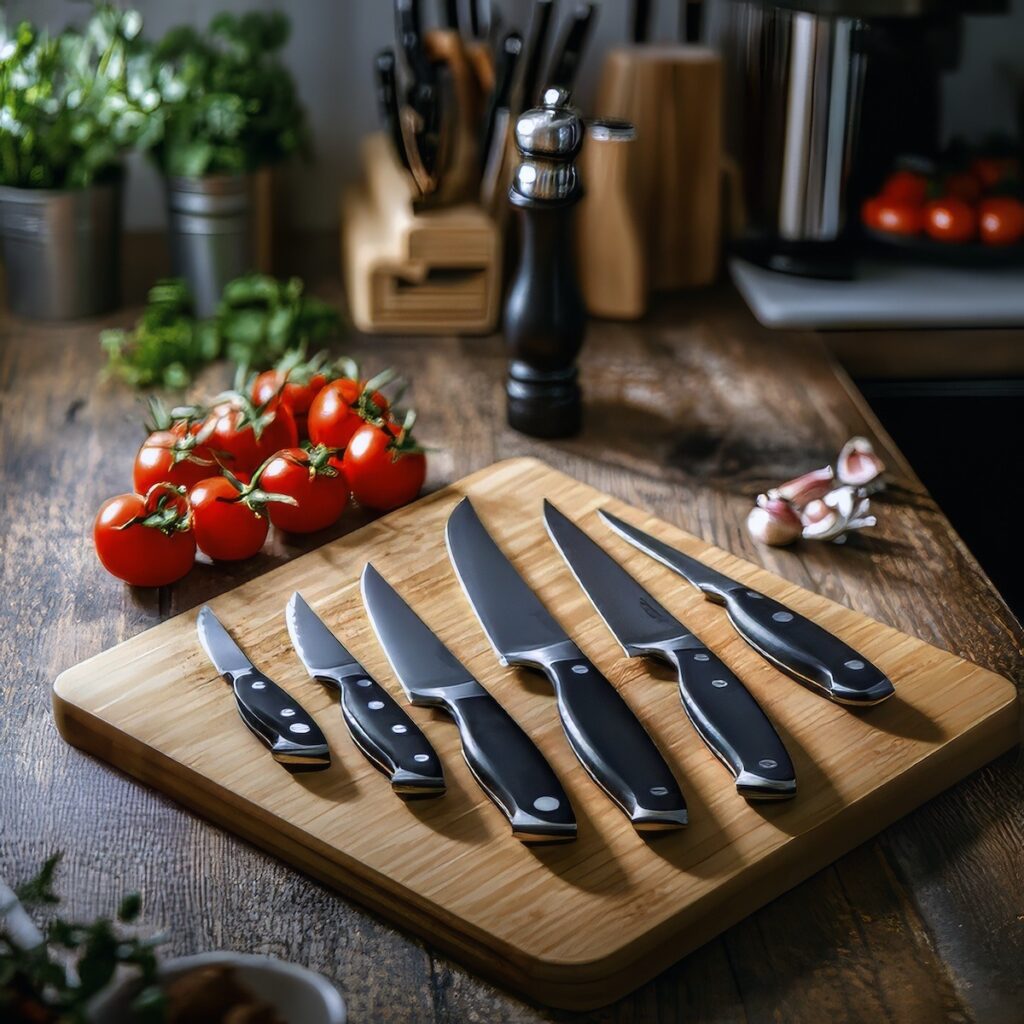




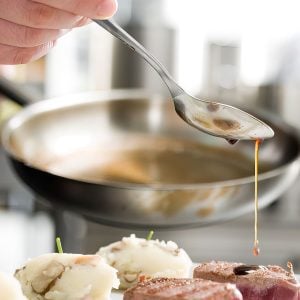
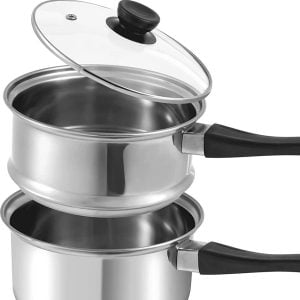
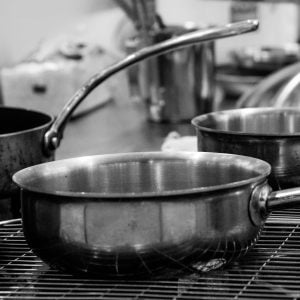
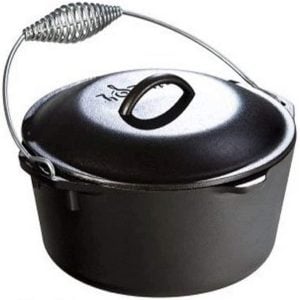
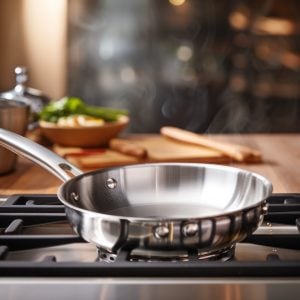
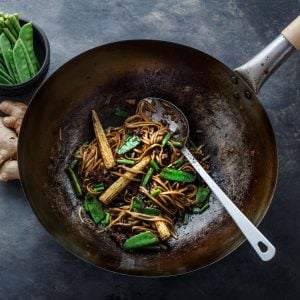
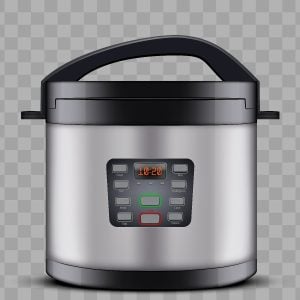
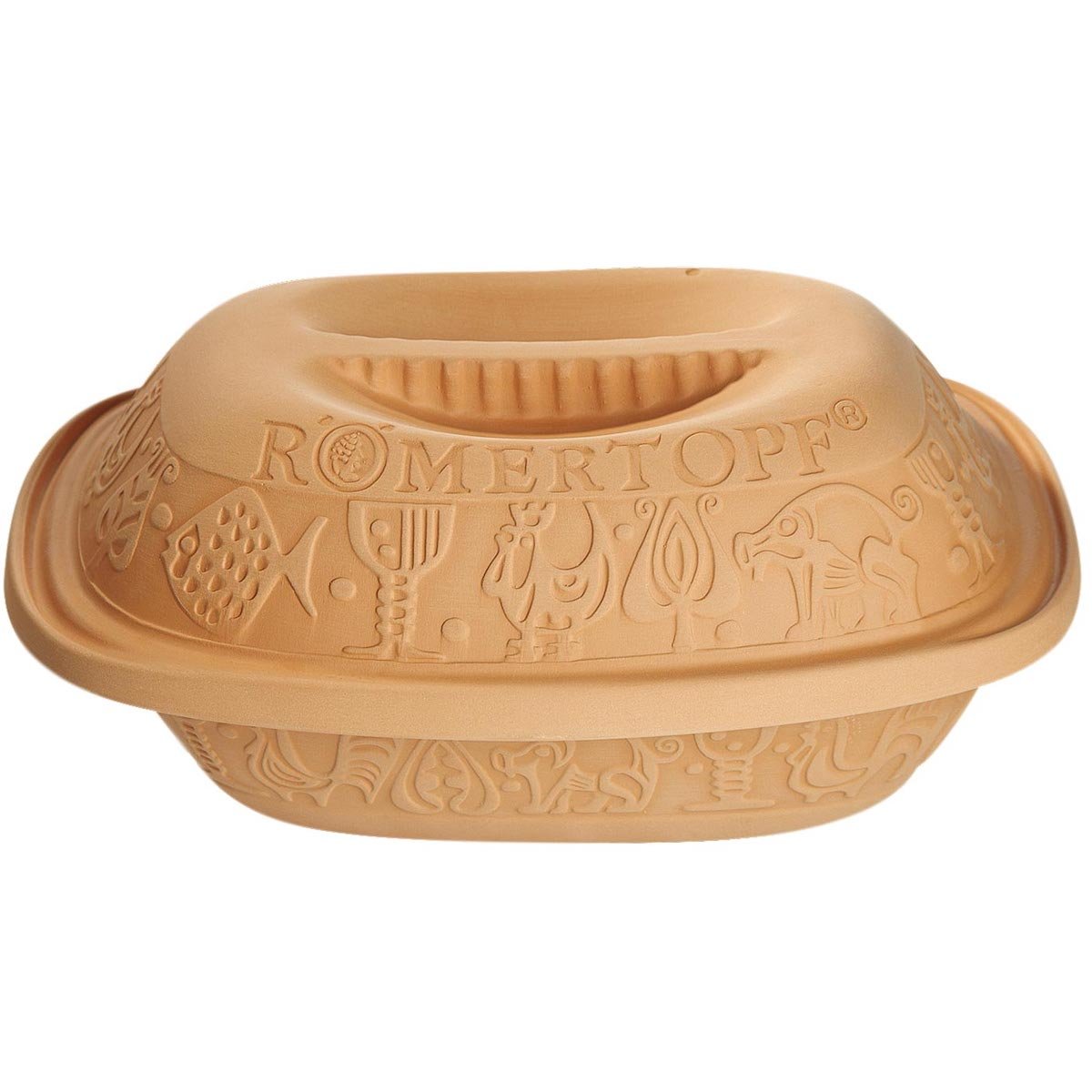


7 Responses
Hello there I allway love to cook I am and looking for a fair price set of knives. But Iwould like them to be made in the USA
I know of chef’s choice, cutco, Lamson, dexter/russell,what others ones are there.
thanks
Rob
There are a few more knifes made in the USA, the ones that you know, Chef’s Choice, Cutco, Lamson. They are all high carbon steel and the steel is made in Germany.
Dexter/Russell is stainless steel made in the USA but there is one company in Southern Indiana that makes their own high carbon steel. It’s called Old Hickory. Very nice steel, but not as good as the Germany steel.
“…Global knives so much are that they are made out of steel that is softer and lighter than traditional high-carbon steel…”
I thought Global’s were harder than other knives, that’s why they say you should use diamond or ceramic to sharpen them. Am I wrong?
My son sold Cutco knives during college (excellent training in sales) and I’m sold. A good set of knives makes life (and cooking) so much more fun. The next stop is a Boos cutting board :).
I purchased a set of Henkels (Twin Cuisine) knives several years ago. I am very happy with them. They are a bit heavier than the Global but, they feel great in my hands and they are of excellent quality. I don’t expect to buy another set for many years to come
As a cutlery store owner, I’d like to add my input. It’s excellent advice to handle knives and ask all the necessary questions of your sales rep in a local brick and mortar store. However, if you then trot right out to the internet, consider the impact to the merchant whose expertise and time you used. All major brands, Global, Henckels, Wusthoff, Shun, have mandated MAP pricing. What that means is – you won’t find a cheaper price online. Every Wusthoff santoku sells at the same price. Bottomline. If a merchant drops their price, they run the risk of losing the vendor. You might not have to pay tax online. But you will likely pay shipping. My company offers added value by providing free knife sharpenings with every purchase. The advise to trot home and buy on line is troubling to me and it’s not because I don’t sell on line. I do. But, if we continue to support only online merchants, we will not find stores filled with quality products (like good cutlery) as they usually have low margins. We will reap what we sow. Want to buy it cheap? You’ll start losing your local merchants or they’ll start stocking crap from China.
America’s Test Kitchen thinks that Wusthof makes the best french cook knives, and Forschner are the best value.
I am a big fan of Test Kitchen, but I think you need to go to the store and get a feel for the knife and buy one that feels right for you. – RG